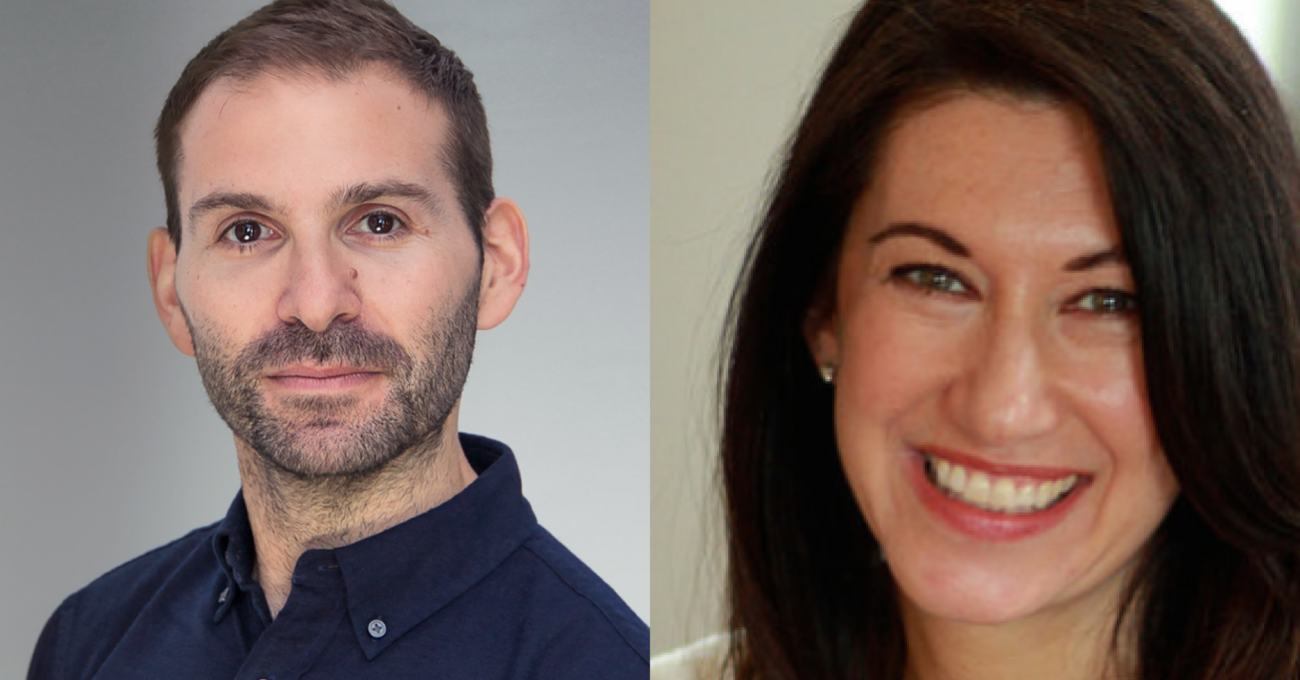
Join us as we journey deep into the world of classical music—how we define it, how we enjoy it, and how we ensure everyone feels welcome and represented in our concert halls. This conversation is just the start of breaking down barriers to attendance and ensuring classical arts organizations connect with audiences for generations to come.




